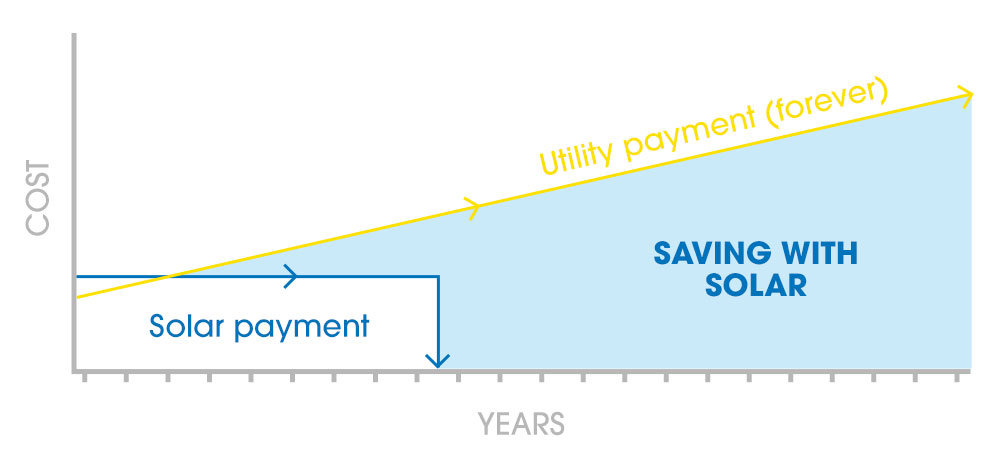With energy independence and sustainable living more important than ever, home battery storage is proving to be a game-changer.
Solar Battery Group is at the forefront of this revolution, offering state-of-the-art battery storage systems and empowering homeowners to harness, store, and manage their solar energy efficiently and effectively. This blog post explores how this innovative solution is unlocking energy independence for households across the globe.
The Rise of Home Battery Storage
The transition towards renewable energy sources is ever accelerating, and solar power plays a pivotal role in this shift. However, the intermittent nature of solar power generation necessitates a reliable storage solution. Home battery storage bridges this gap, allowing excess energy generated during the day to be used at night or on cloudy days, ensuring a constant energy supply.
Benefits of Home Battery Storage
Energy Independence: A home battery storage system can reduce reliance on the grid, minimising the impact of power outages and fluctuating energy prices.
Cost Savings: By maximising the use of solar energy, homeowners can significantly reduce their electricity bills. In most regions, you can also earn credits for feeding excess power back into the grid.
Environmental Impact: Using stored solar energy reduces the need for fossil fuel-based power generation, lowers carbon emissions, and contributes to a healthier planet.
Enhanced Energy Management: Modern battery systems have innovative technology that allows homeowners to monitor and optimise their energy usage.
We ensure a worry-free transition to energy freedom with robust warranties and expert installation services.
Solar Battery Group’s Solutions
Solar Battery Group offers a range of home battery storage solutions tailored to meet diverse needs. Our products boast high energy capacity, long life, and seamless integration with existing solar panels. We ensure a worry-free transition to energy freedom with robust warranties and expert installation services.
Case Studies and Success Stories
We have empowered homeowners all across Australia to achieve energy independence. Our battery storage systems have demonstrated significant cost savings and reliability for urban and rural households alike. Keep reading for some of our recent 5-star reviews.
Great customer service
“Everything they said they would do, they did in the time frame they said they would. Can’t ask for anything [more] than that. Also I had a small problem filling out the Government rebate form so SBG sent someone out to help me. That’s great customer service.” – Mark.
No longer drawing electricity from the grid
“Since installation of the 5.04kWh battery I’ve been using solar / battery-stored solar only! Not a drop of energy from the grid, and feeding in more solar than my daily connection fee. It finally looks like I’ll be getting cash back from my panels instead of paying 100s of dollars each quarter. Best decision ever, wish I’d done it sooner. Installation was easy to organise, speedy, and the app is easy to use, was well-explained and makes me happier every time I look at the graphs showing my power generation!” – Georgia.

Love our solar batteries
“Reduced the peak rate right down by storing solar energy and off peak energy. With 2 batteries we save about $6 per day. We now have an electric water heater ( heat pump) that has halved our gas bill as gas is only for space heating. Our latest (Spring) electric bill was $55. When the 3rd battery is installed we will have similar bills in the winter months and charge more from solar and use less off peak for charging” – John.
Future of Home Battery Storage
The future looks bright for home battery storage with technological advancements promising higher efficiency and lower costs. As the world moves towards sustainable energy, these systems will become integral to every solar-powered home.
Solar batteries are more than a trend; they are the key to unlocking energy independence. By investing in a system from Solar Battery Group, you’re securing a reliable energy source that will amplify the value you get from your solar panels and save you more on your bills.
Contact Solar Battery Group today on 1300 223 224 to find out about our innovative home battery storage solutions and take the first step towards a sustainable, energy-independent future.















